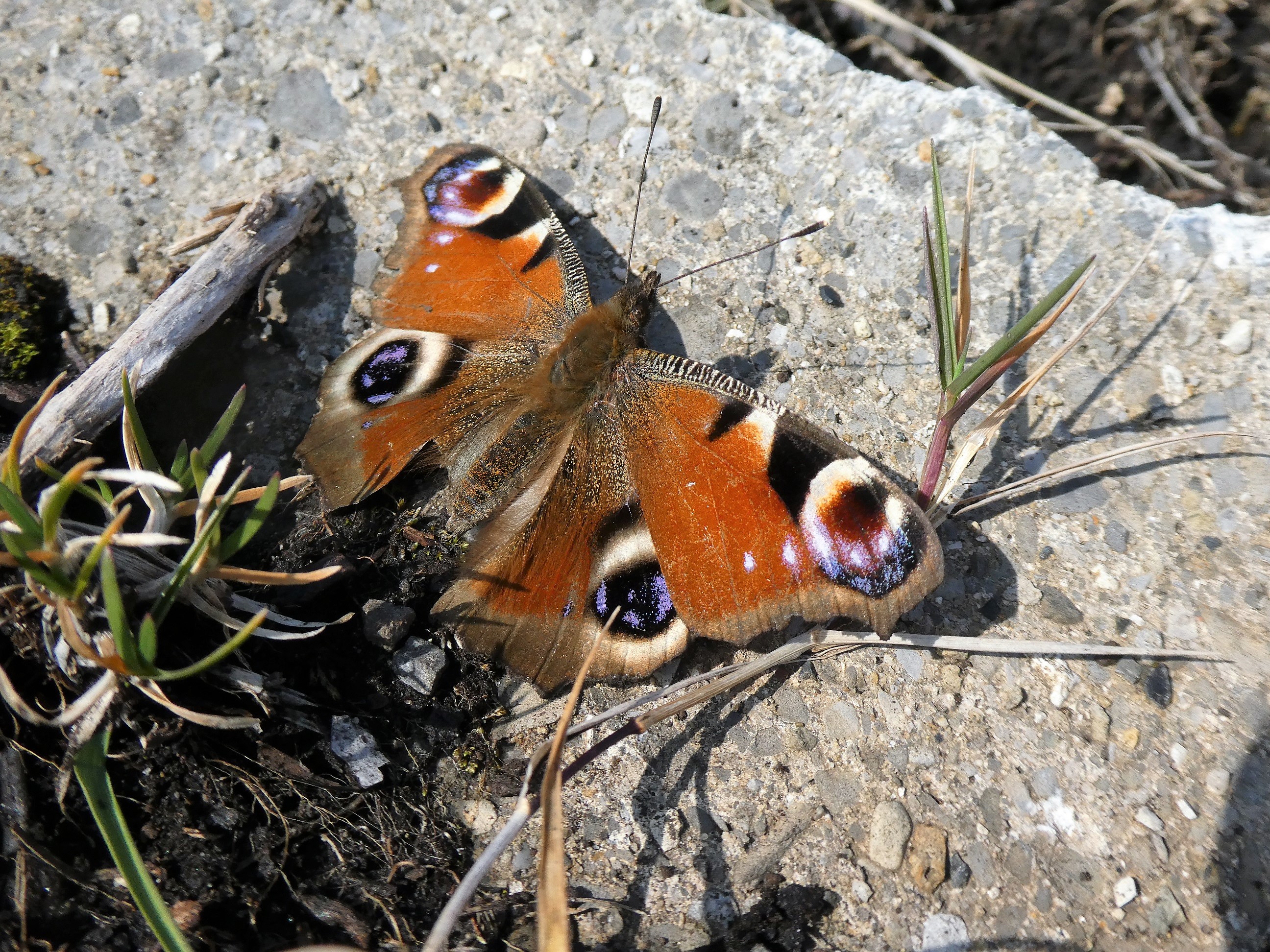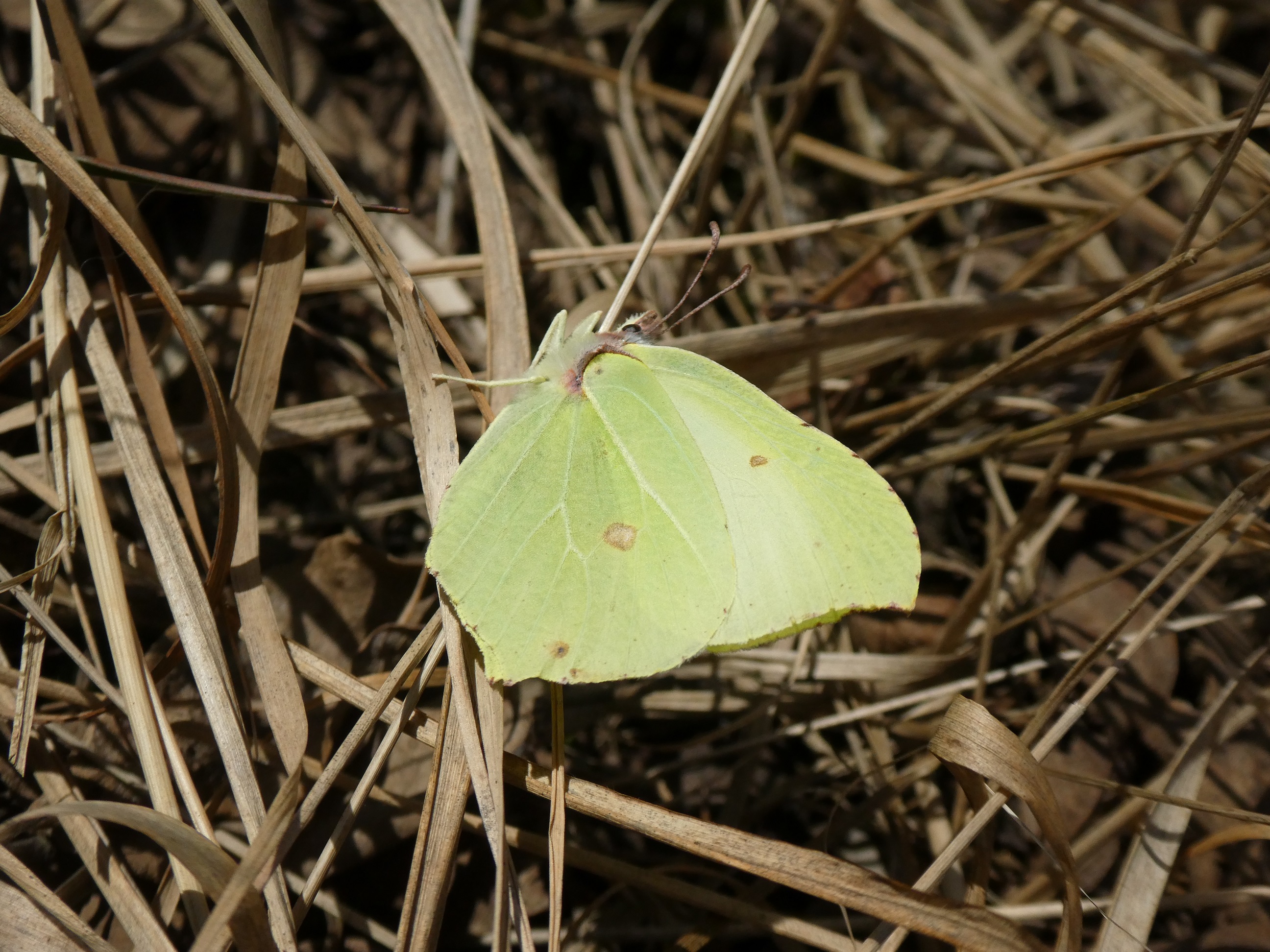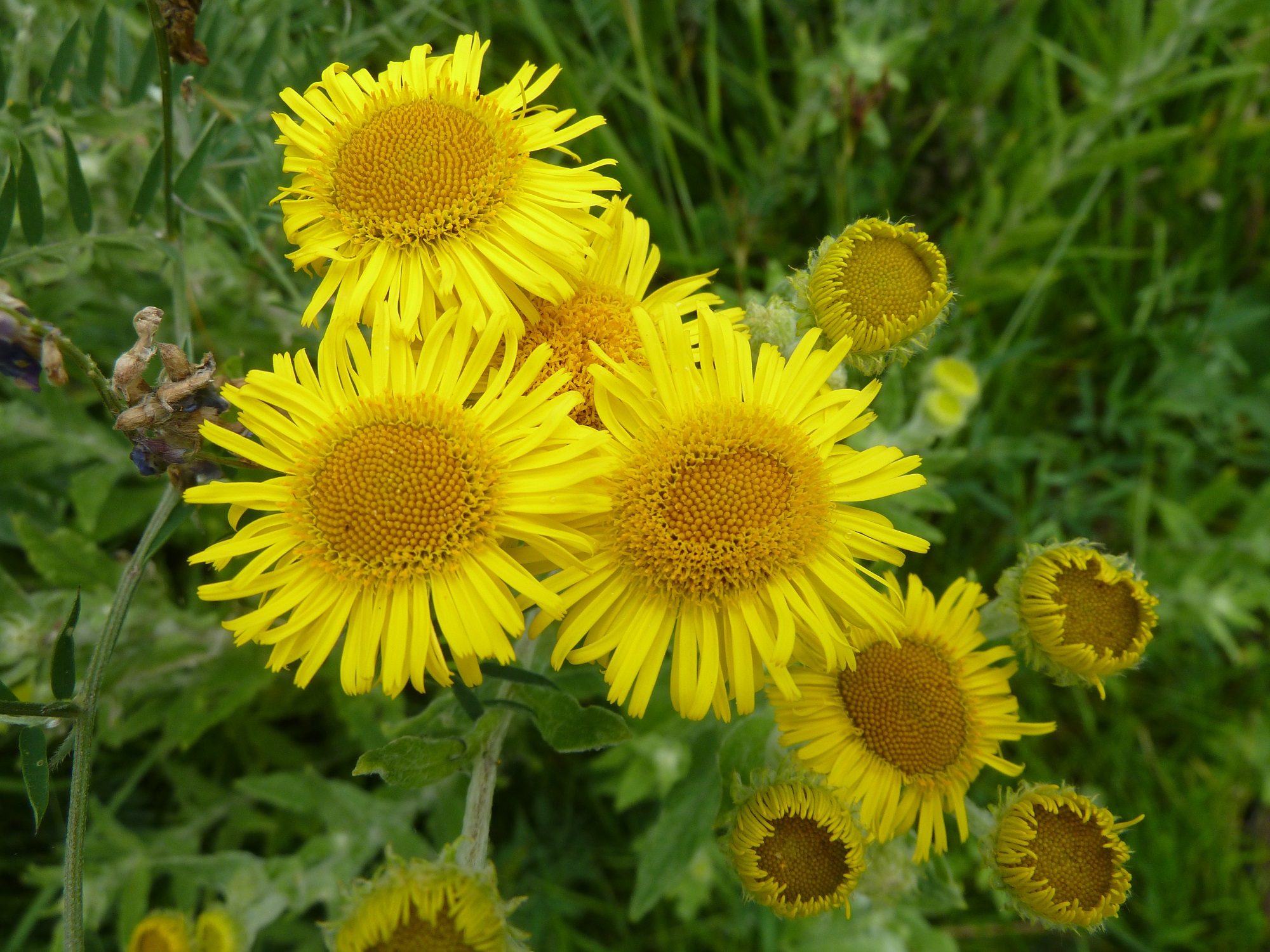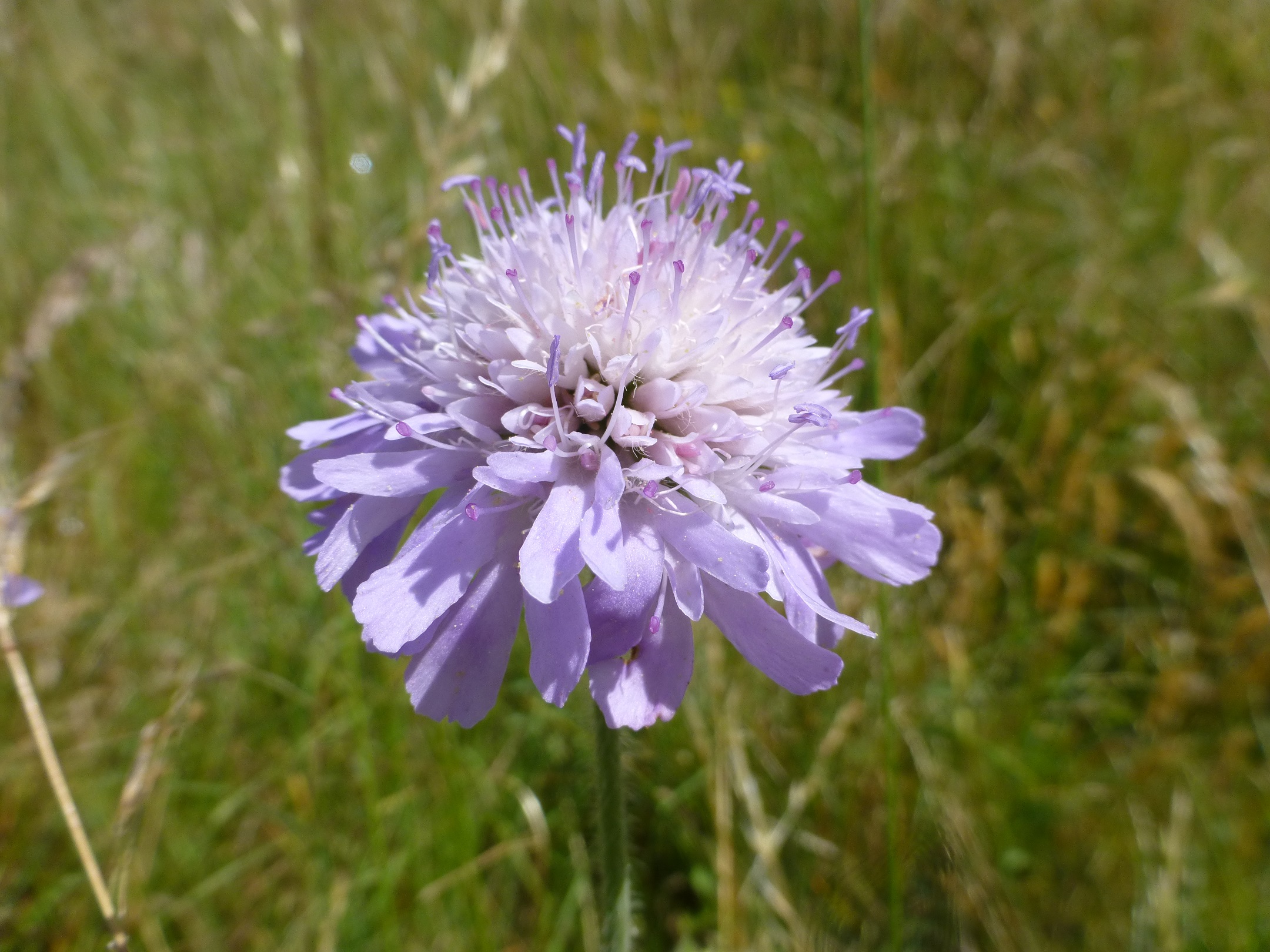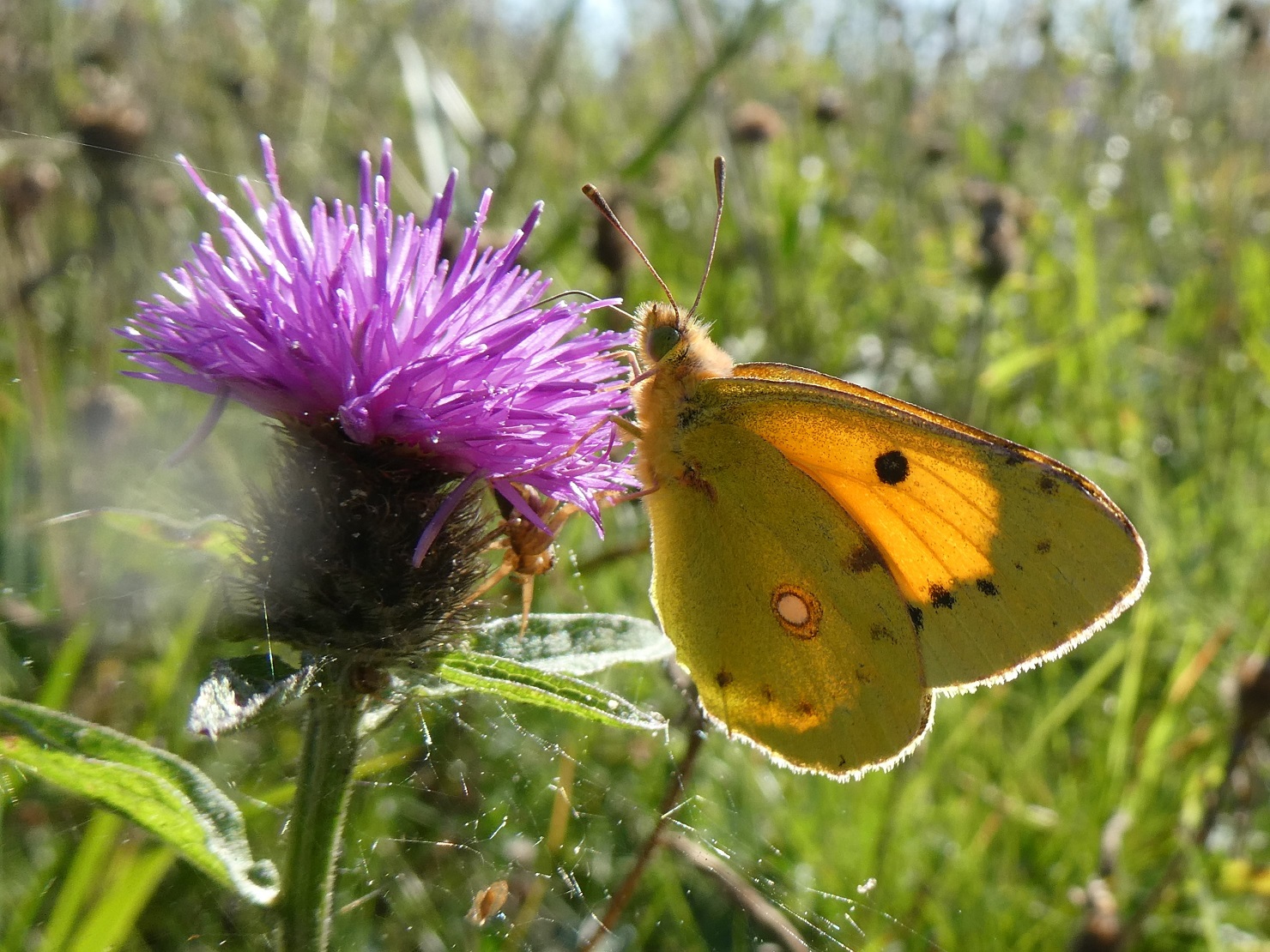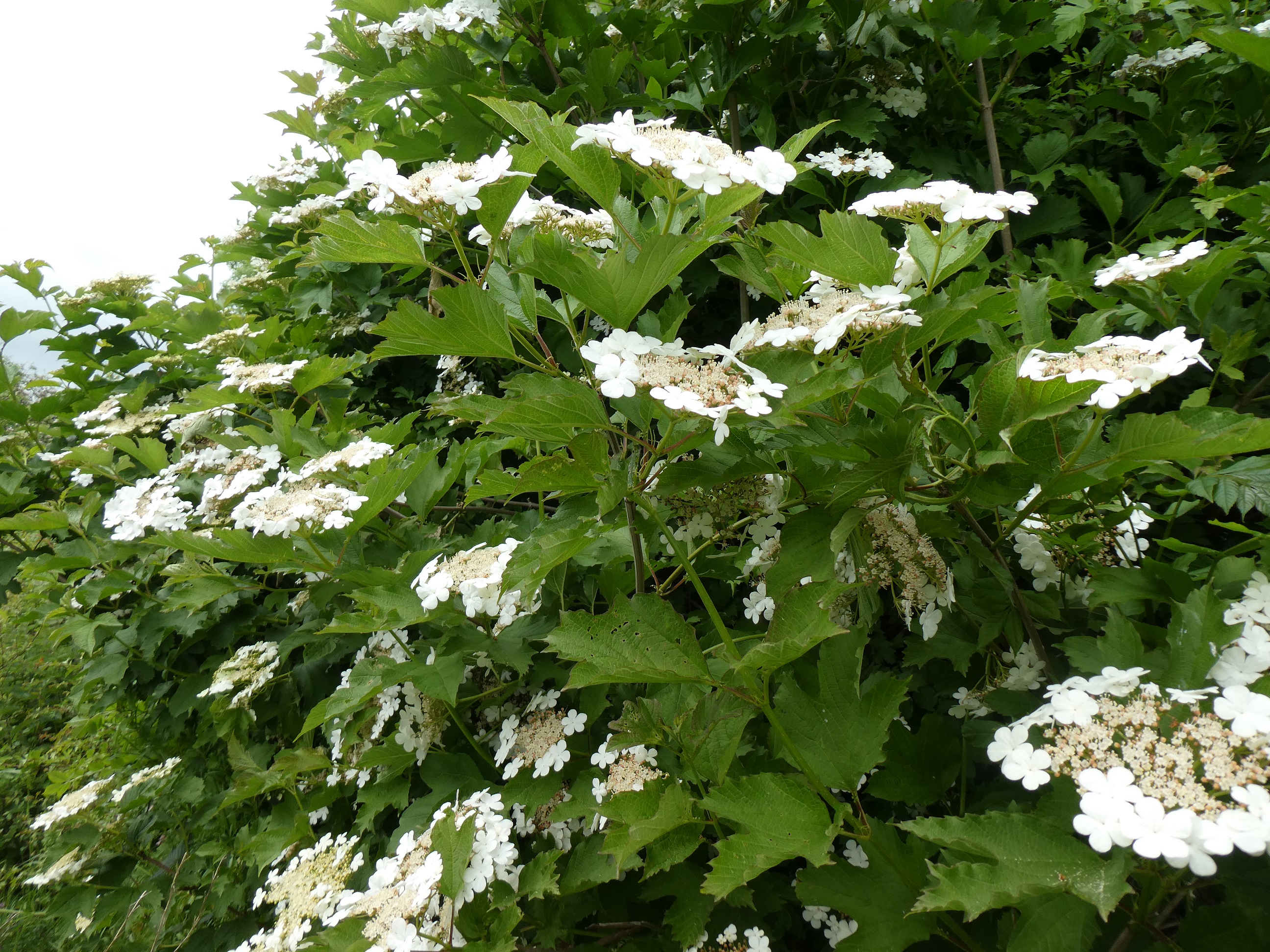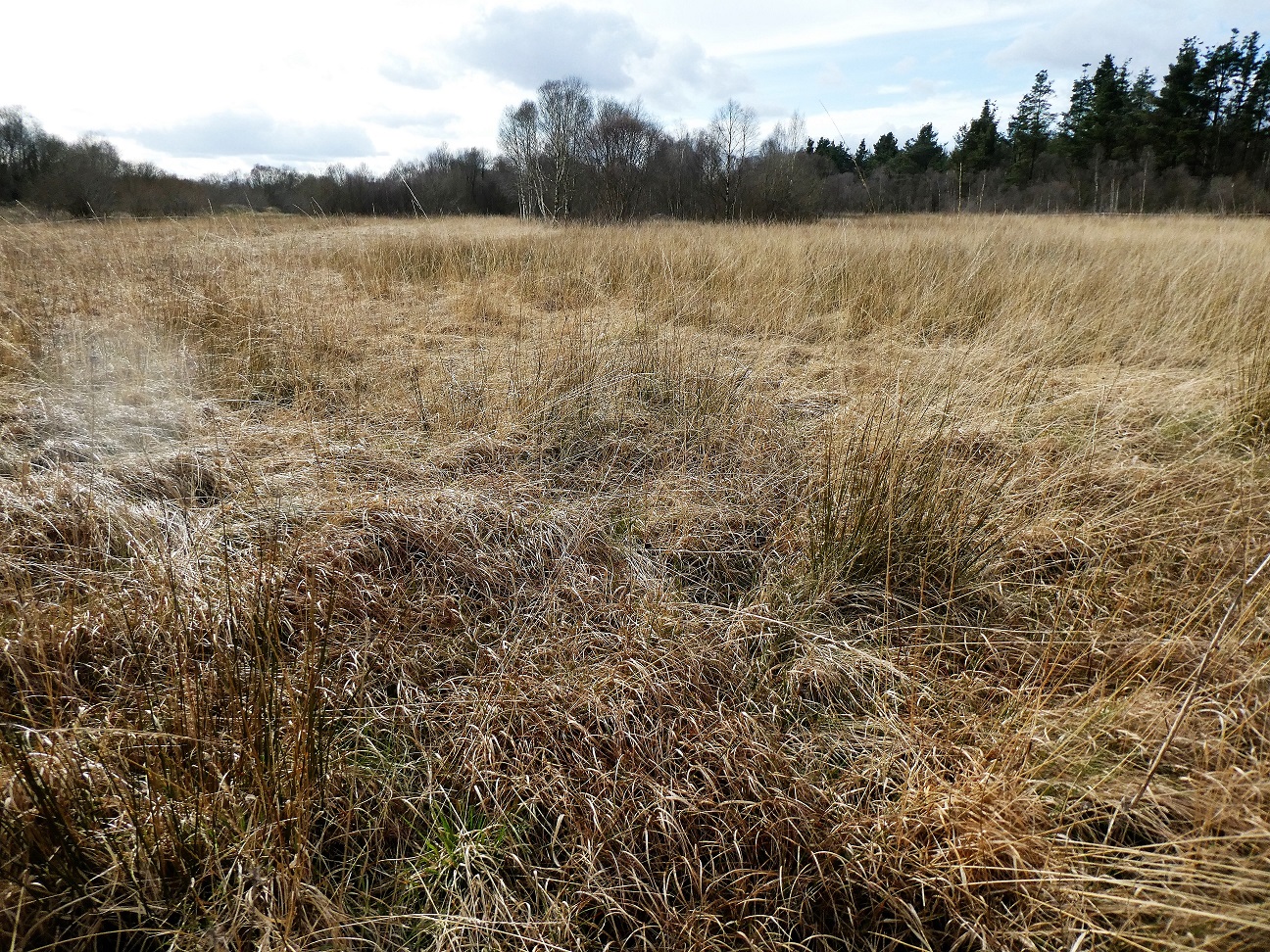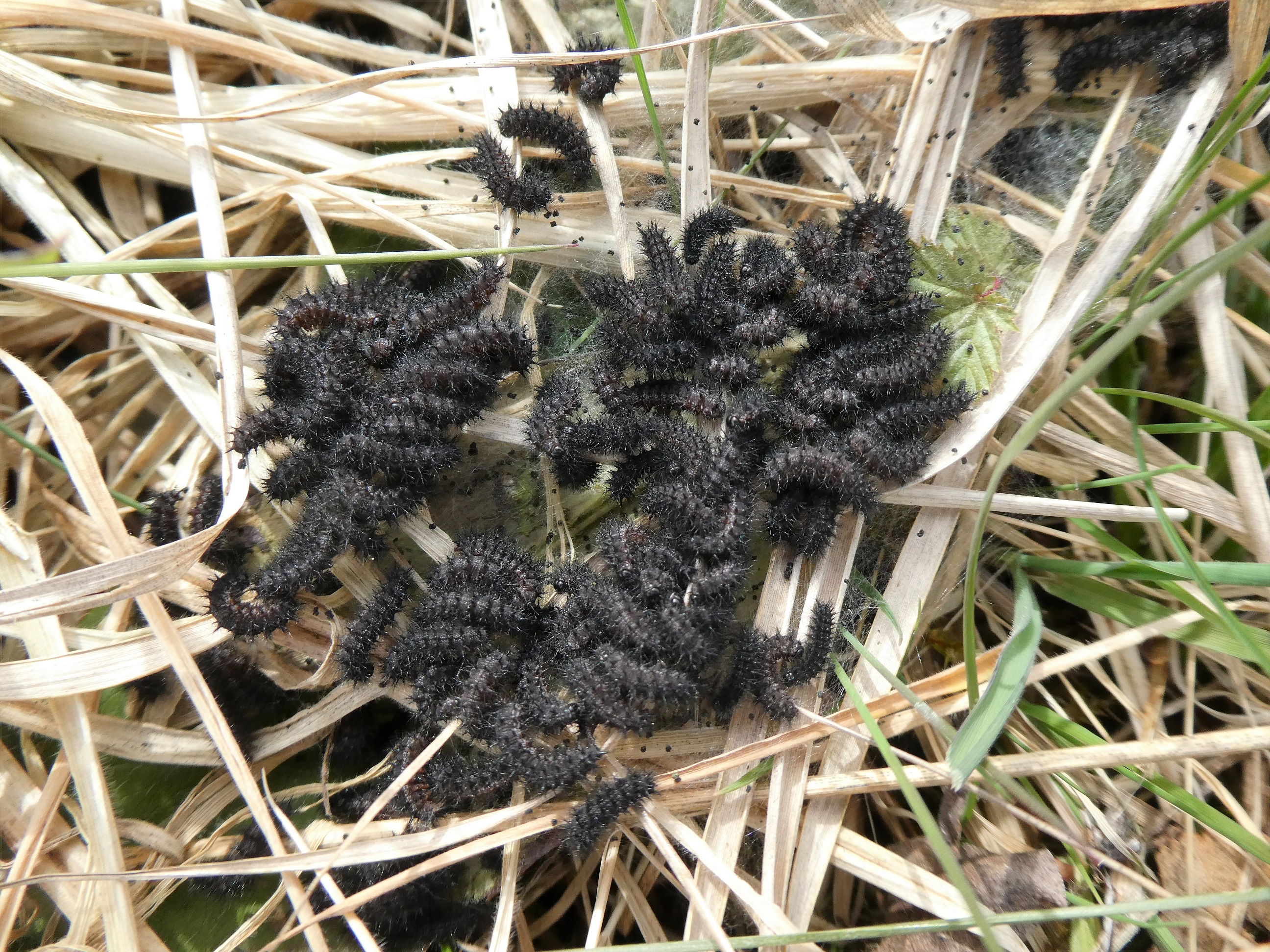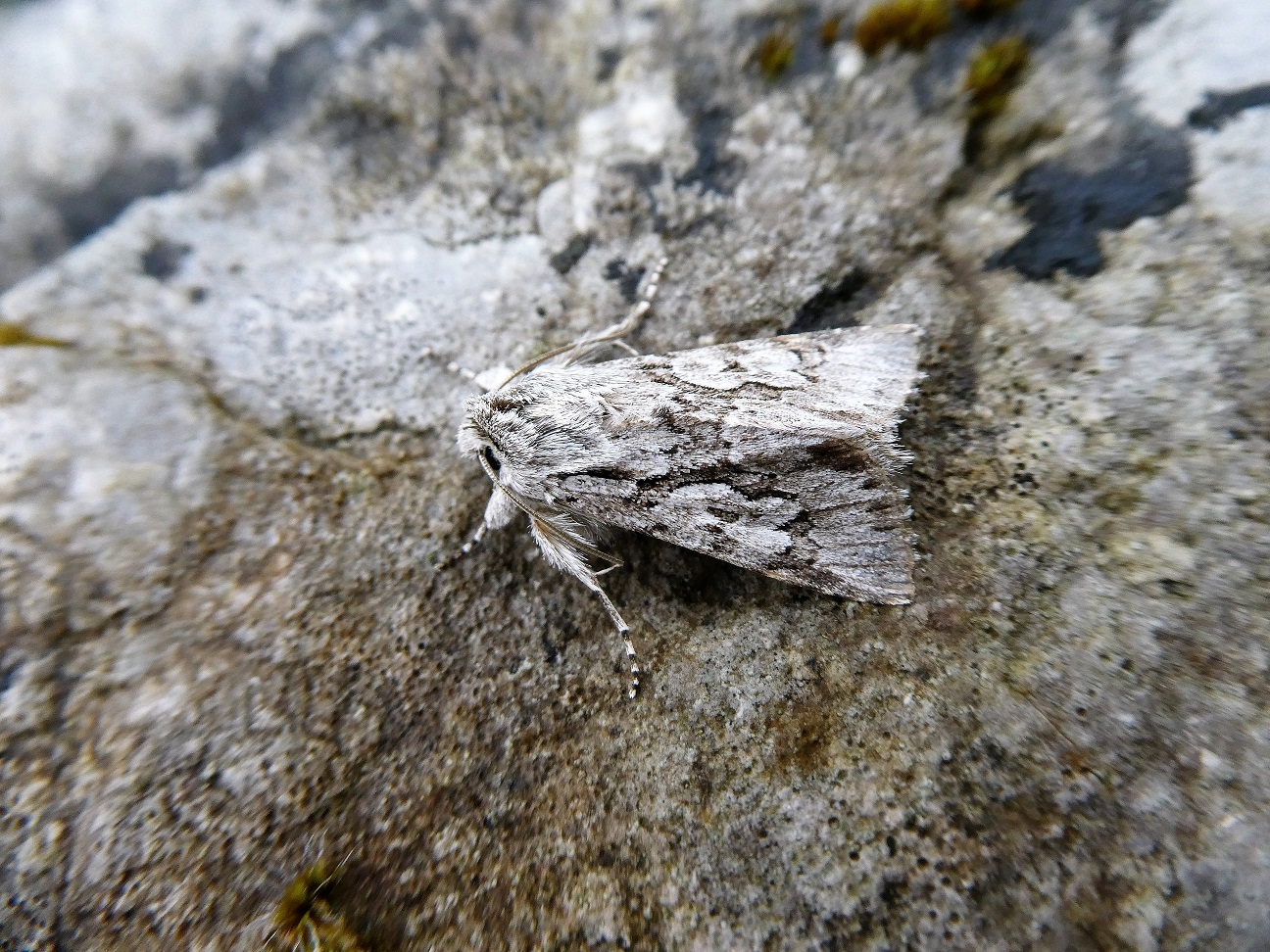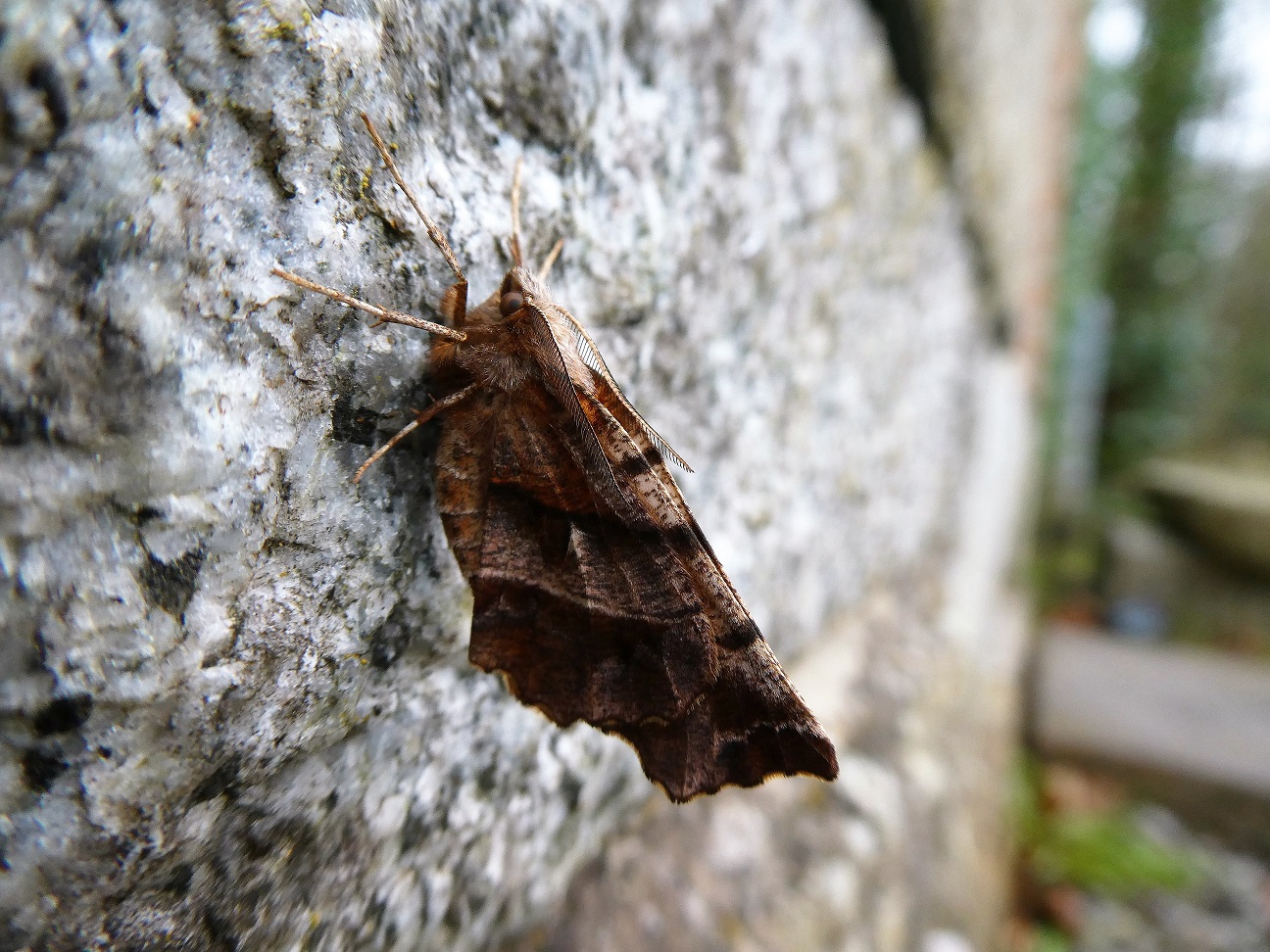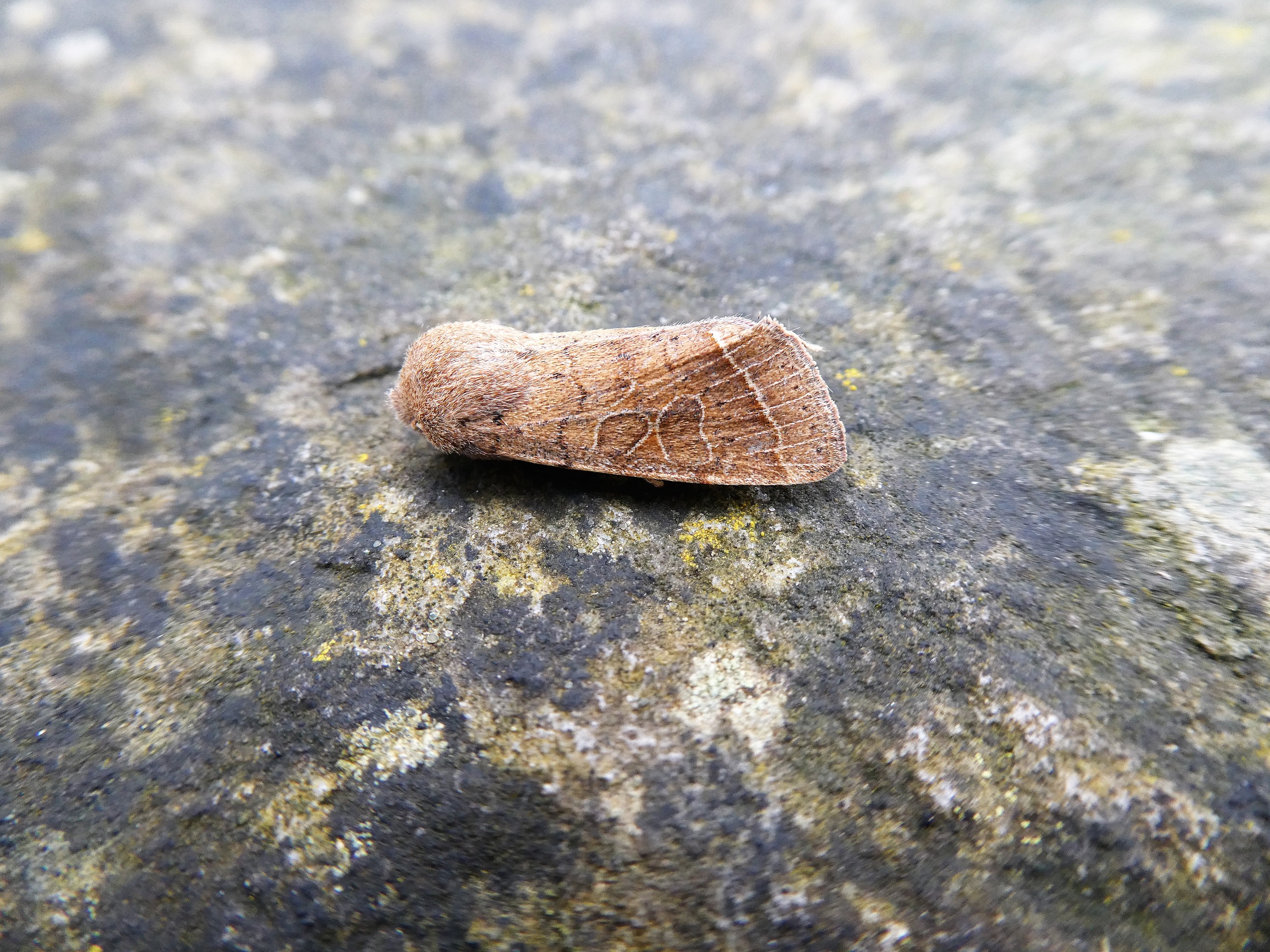The Small Tortoiseshell is probably one of the most-loved butterflies in its vast European and Asiatic range. Apart from its beautiful patterning and colouring, it seems to like us, endearing us to it. The butterfly likes to visit our gardens, likes the flowers we plant, is quite tame allowing us to take a snap, the caterpillars eat nettles, helping to control this plant. And to top it off, they’ll even move in for the winter without causing us the slightest trouble. In fact, our guest stirs our desires to care for nature, a very positive feeling we can all do with. We admire the butterfly’s fortitude and staying power, going months without a sip of nourishment only to surge into the spring sunshine. What’s not to like about the Small Tortoiseshell?
And it is with us as an adult for almost the whole year. It is admittedly scarcer in June and in some years during mid-August when it is mainly found in the immature stages but this gap is short. It flies in the open from March-May and July and August-October.
The butterfly can produce a number of generations in a year. In colder parts of its range, such as Lapland, and at high altitudes it produces just one brood (univoltine) but, in warmer localities, it can fit in three generations (trivoltine). In Ireland, it is mainly double-brooded (bivoltine) but there are years when a small third generation is produced. The butterfly typically breeds in May/June and July when the gregarious larvae are found in warm nettle beds. In some years, larvae are found in September, the third generation.
From observations made in Ireland, the following brood structure appears to exist: a full first brood flying from late June throughout much of July (this generation results from the previous year’s butterflies that over-wintered). A second brood flies in August and some of September before entering hibernation. A small third brood flies in late September and in October which also enters hibernation. However, a small number of first-generation butterflies, which hatch from their pupae in June/July appear not to breed the year they emerge. These feed up for a few weeks in July and early August before entering hibernation. This brood pattern will vary according to weather conditions in a particular year. Latitude does not appear to influence brood structure in Ireland-there is evidence from Donegal that there are two generations in the majority of years and a third flight in the warmest years in the south of the county (Aldwell and Smyth 2016).
Lost Generation
However, a study carried out in Hertfordshire, the county adjoining and north of London, may foreshadow what might occur here in future. The study carried out in a shed in St Albans, monitored the dates that Peacock and Small Tortoiseshell entered and left hibernation in 2016, 2017 and 2018 with the figures for butterflies seen in flight over two periods, 2000-2009 and 2016-2018 (https://butterfly-conservation.org/news-and-blog/small-tortoiseshell-the-lost-generation).
The results are extremely interesting and highlight the butterfly’s adaptability. But they might also foreshadow a less desirable development.
In 2017 all the Small Tortoiseshells were hibernating by 7th July. In 2018 hibernation was complete by 5th August. But in 2016 the last five did not enter hibernation until mid-October.
The figures for butterflies seen in flight in 2017 and 2018 tally with the hibernation statistics; there was little or no evidence of a second generation in 2017 and 2018. But there was a very obvious second brood in 2016.
What’s Happening?
I was in the south of England in the second half of July in 2018, when we had record-breaking high temperatures. I was visiting great sites for butterflies and many species thrived. However, I saw almost no Small Tortoiseshells, which bewildered me. On some of the highest-quality reserves, I saw no Small Tortoiseshells but I did see Peacocks.
The summer weather in 2018, hot and dry, suited adult butterflies. There were plenty of nectar sources and warm weather to make it easy to move. However, the drought must have had a serious impact on larval foodplant quality and even availability. I do not know what triggers adult Small Tortoiseshells to breed or to hibernate but foodplant quality and or very warm, dry conditions might play a role. The ecological adaptability of this remarkable butterfly makes it a success but it is saddening to think that the butterfly may become much scarcer in our gardens in the future; it is the second generation that spends so much time in our gardens in August and September.
There is some indication that this switch to one brood is happening in Ireland. Frank Smyth (co-author with Robert Aldwell of The Butterflies of Donegal) has reported that the Small Tortoiseshell has been absent from Howth in a number of years from July until spring. According to Frank, this is a change in its occurrence in the area. This highlights the crucial importance of recording butterflies.
Is there anything we can do?
If we are to experience warmer, drier summers it is likely that the butterfly’s response, to abandon its second generation and enter the overwintering stage in summer will become the species’ new strategy. Locally, there is some, admittedly limited scope for encouraging a second brood. When the first brood has pupated and the butterflies emerge, usually in late June/early July, cut the nettles and or water these heavily to encourage lush re-growth. This should make the nettles available for breeding. A very important step is to provide plenty of nectar-if the adults need to drop their second brood, these will be busy feeding to build fat reserves for winter. Because of the very long over-wintering period, it is really important that the butterflies find the nectar they need.
Finally, keep the shed door or window open during a hot, dry summer. And keep spider webs to a minimum. Your butterflies need such sites and may need to call on your hospitality for longer.
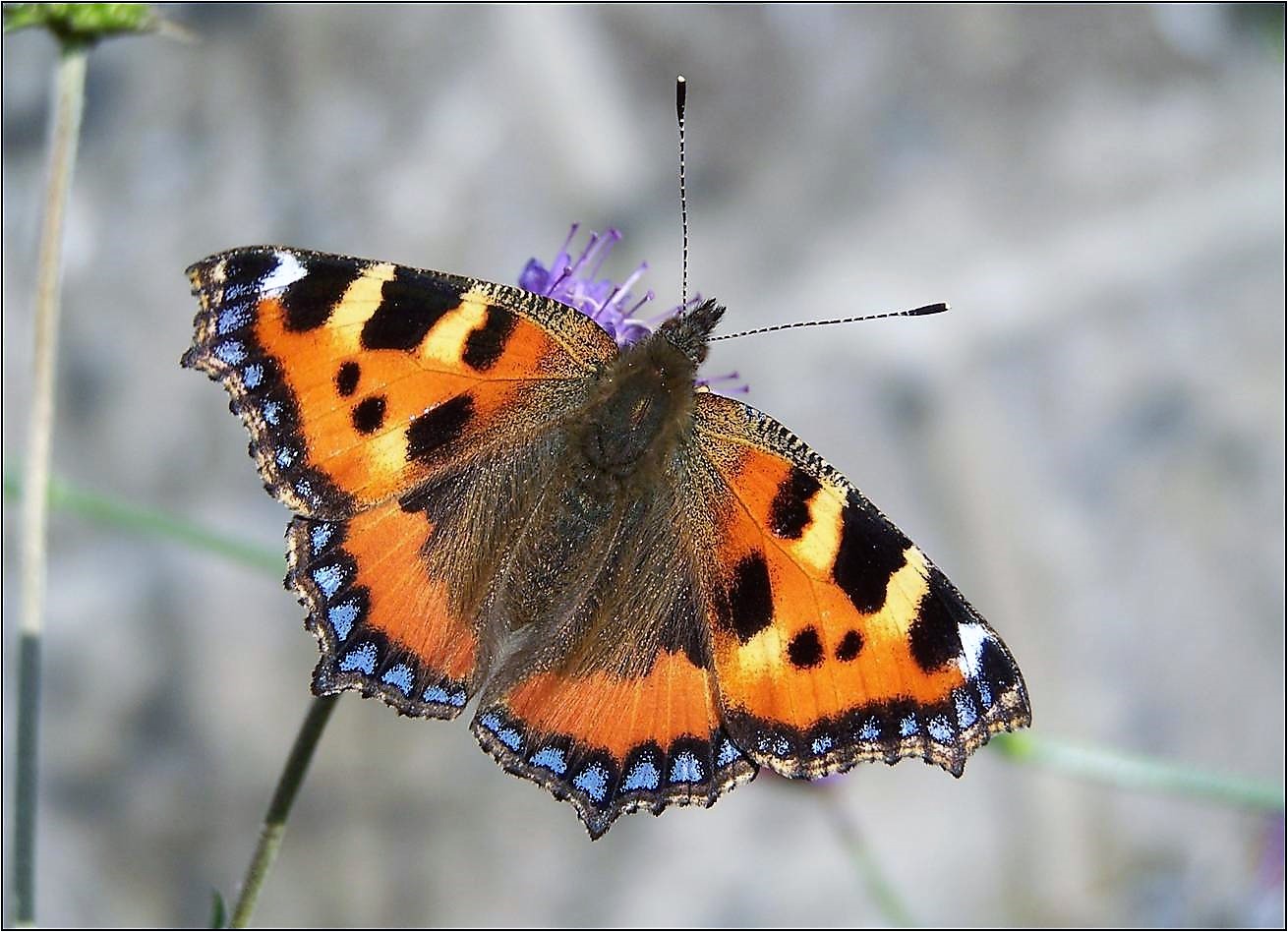


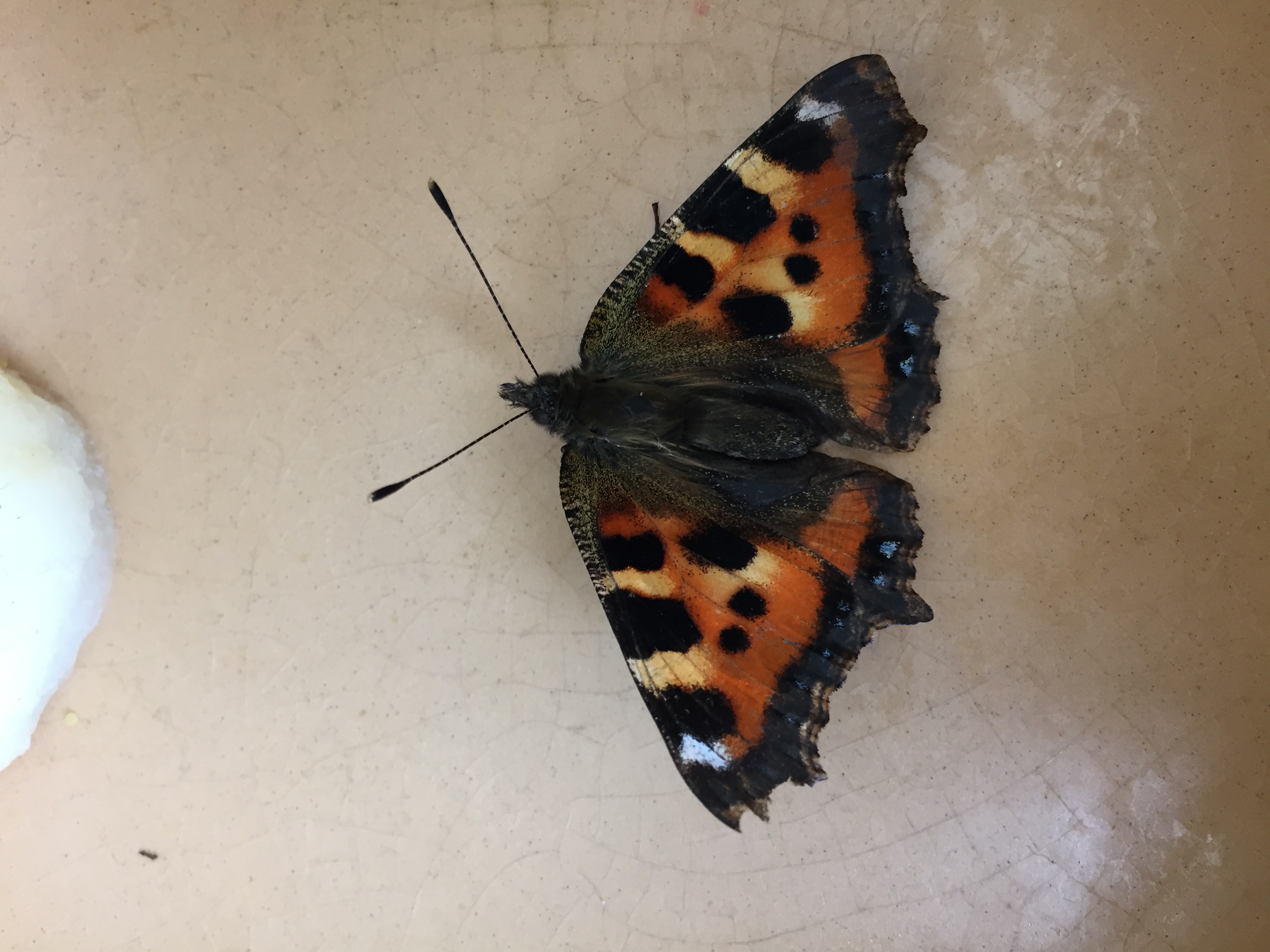

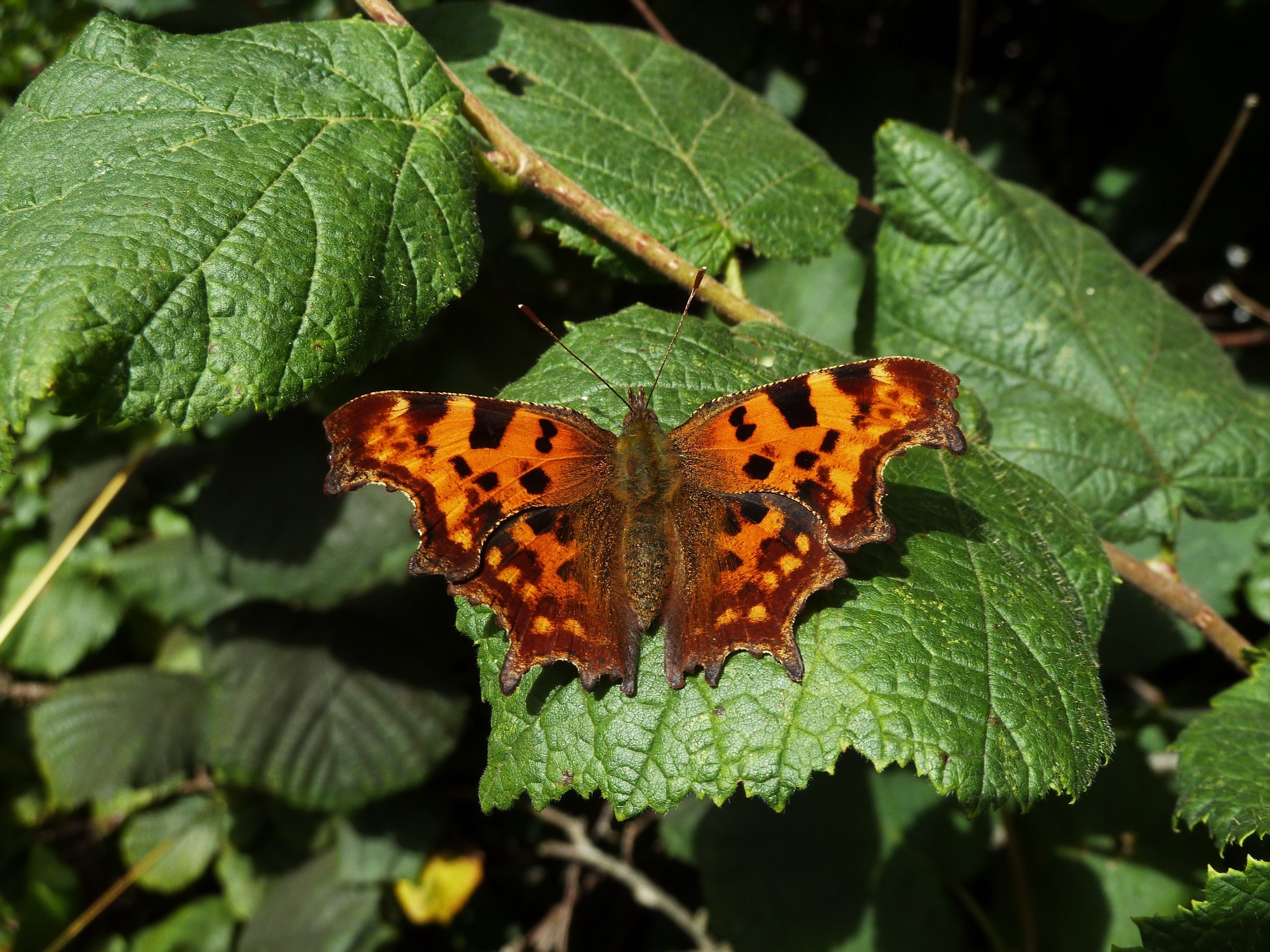
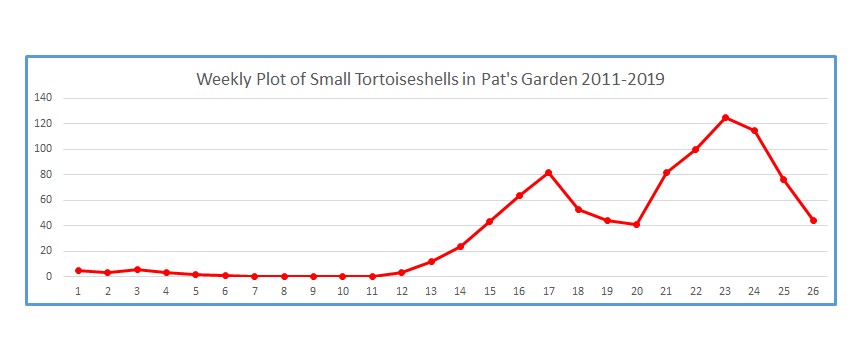
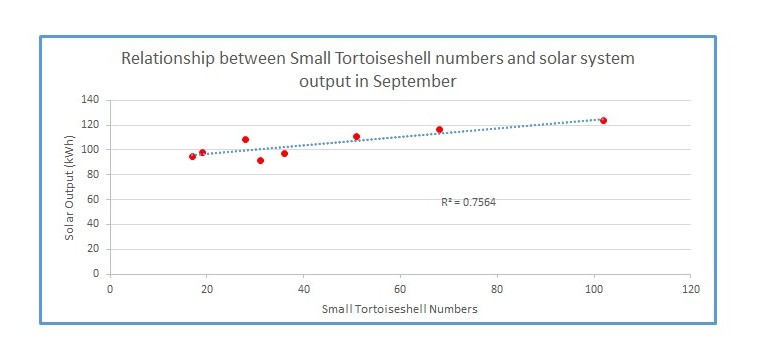

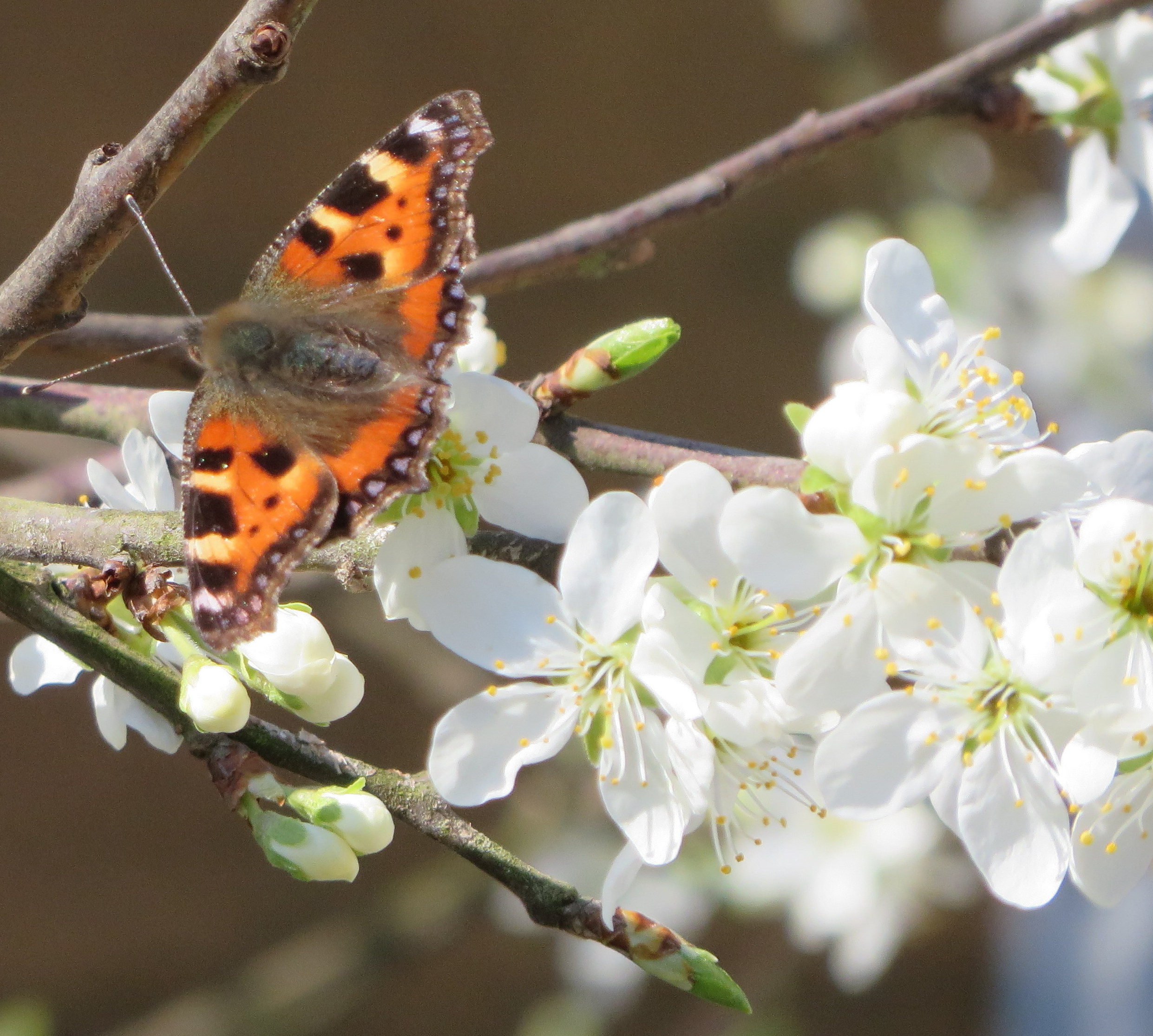
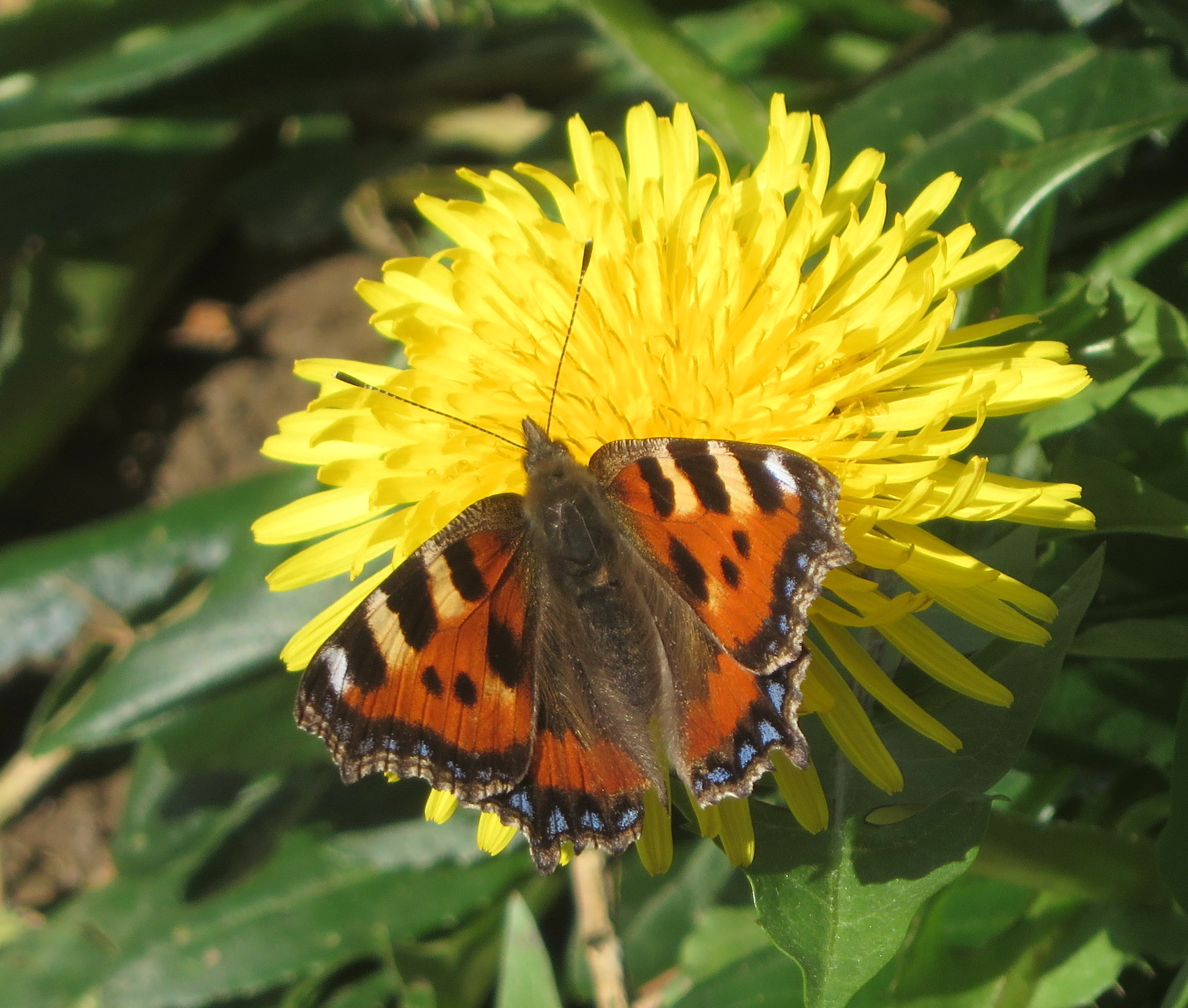
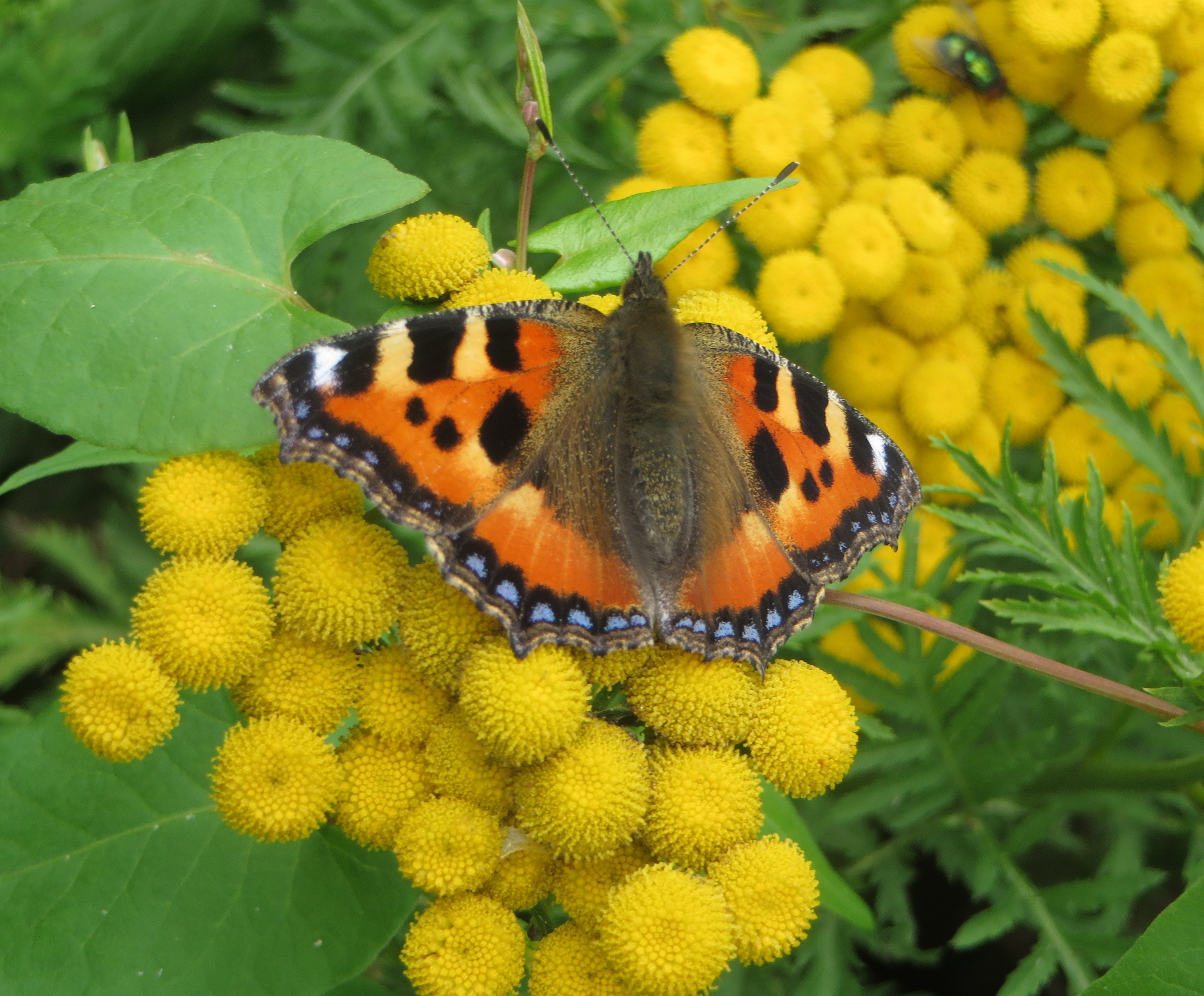
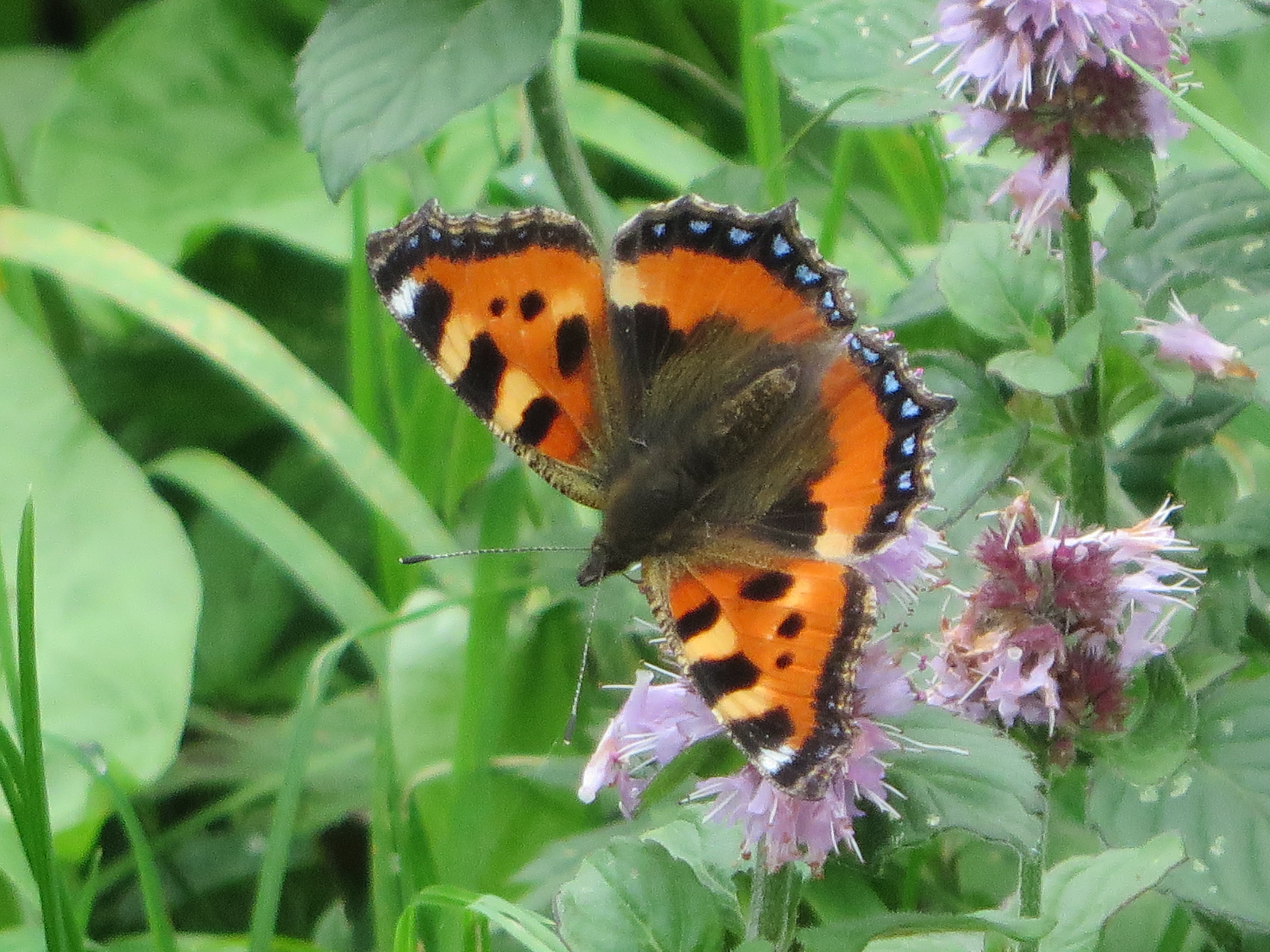
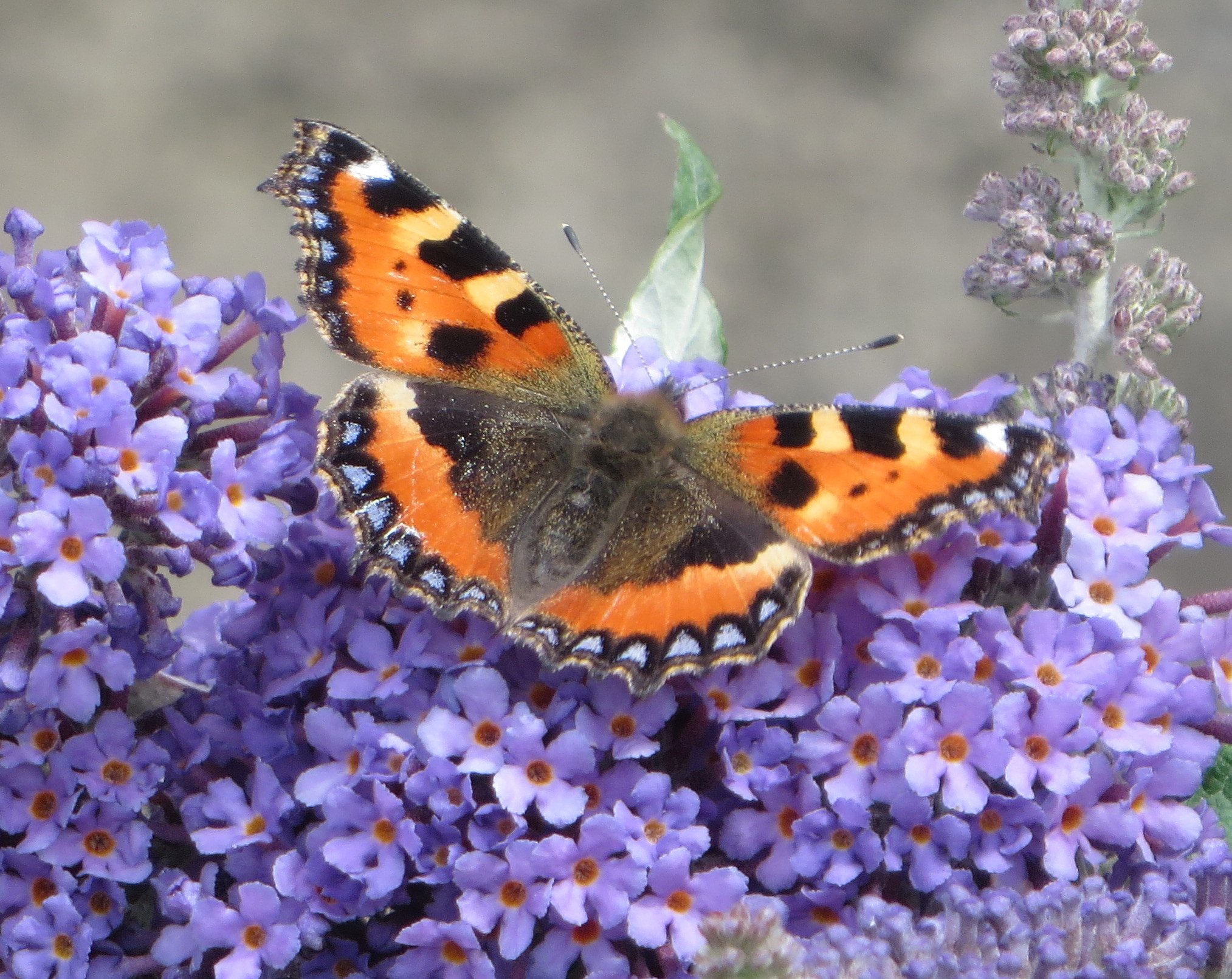
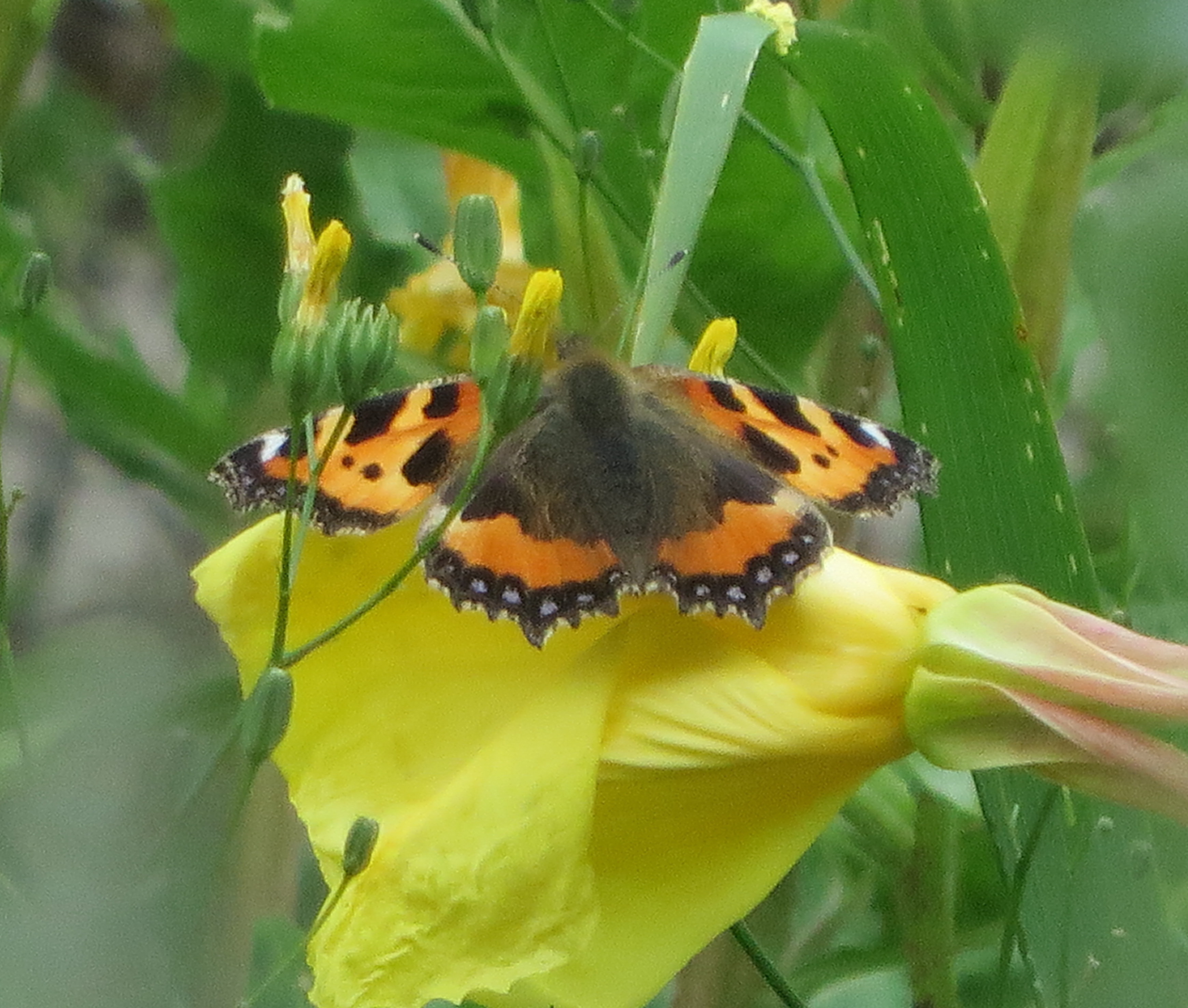
 Coltsfoot glowing in the sun. This is a familiar sight in spring on disturbed soils. Photo J.Harding
Coltsfoot glowing in the sun. This is a familiar sight in spring on disturbed soils. Photo J.Harding